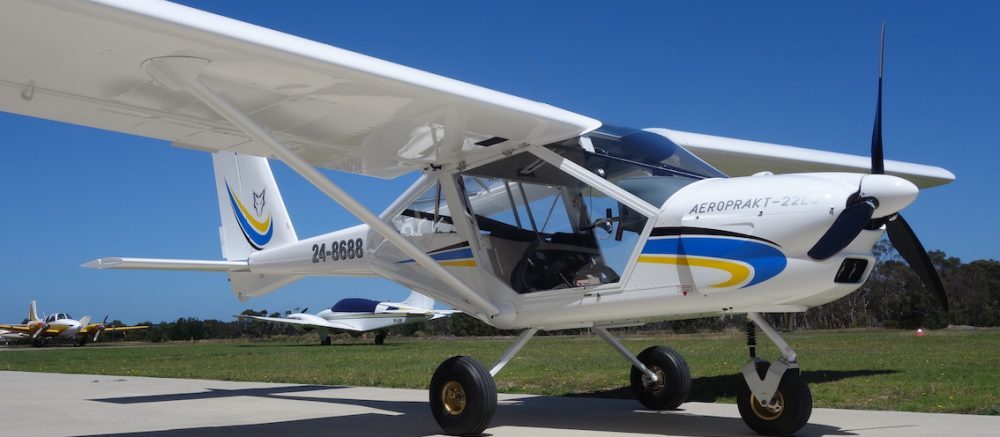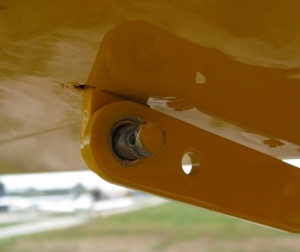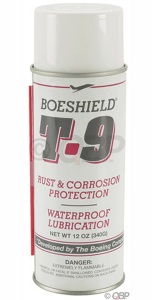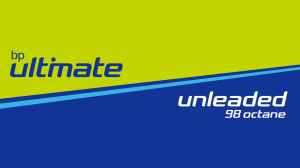 Here’s another frequent question customers ask about Foxbats – is there any benefit in fitting a constant speed (CS) or in-flight adjustable (IFA) propeller?
Here’s another frequent question customers ask about Foxbats – is there any benefit in fitting a constant speed (CS) or in-flight adjustable (IFA) propeller?
Unfortunately, there is no simple answer. However, here are some thoughts to consider when weighing up the pro’s and con’s. Please remember – these comments apply to the Foxbat. Other aircraft can and will have different considerations.
1. The maximum permitted continuous rpm for the Rotax 912 series engine is 5,500, whatever propeller is fitted. We therefore pitch the standard, on-ground adjustable propellers on the Foxbat so they will just reach 5,500 rpm at full power, straight and level at about 1,000 feet amsl. This gives a maximum true airspeed between 95 and 105 knots, depending on the propeller type, the size of the wheels and whether spats are fitted. At this pitch, the prop typically gives around 5,250 rpm at full power on take off and best climb speed of around 60 knots.
2. The maximum power & torque of the standard Rotax 912 carburettor engine is achieved around 5,800 rpm, which you can use for a maximum of 5 minutes at a time. Ideally, you’d use this full power rpm for take-off, and for the first couple of thousand feet of climb if you really need it. Rotax specify a full power take-off rpm of no less than 5,200.
3. Therefore, with the standard prop pitch setting on the Foxbat, although you are within Rotax limits, you are not getting full power from the engine at take-off. Even so, take-offs at maximum weight can still be achieved in 50-100 metres (at sea level), and this setting gives you the best cruise speed.
 4. To give a higher cruise speed on the Foxbat, a CS/IFA propeller cannot be set to run any faster than the on-ground adjustable prop. But it could be set to run up to 5,800 rpm on take-off. This will shorten the take-off run in the Foxbat and increase the climb rate. A bit.
4. To give a higher cruise speed on the Foxbat, a CS/IFA propeller cannot be set to run any faster than the on-ground adjustable prop. But it could be set to run up to 5,800 rpm on take-off. This will shorten the take-off run in the Foxbat and increase the climb rate. A bit.
So, in summary, a CS/IFA prop on the Foxbat will improve the already impressive take-off performance but will not increase the cruise speed.
BUT…there’s more: there are couple of uses for a CS/IFA prop – other than better climb and/or cruise – which are not often considered.
The first is to use the prop as an air-brake, when you need to descend quickly, by setting it fully fine pitch and engine at idle. The Foxbat is already fairly draggy, so doesn’t pick up speed quickly in a dive. With a fully fine pitched prop, it’s like having a great big parachute holding back the aircraft.
The second use is to allow you to keep the engine warm by using higher rpm at slower airspeeds. For example, a fully fine pitched prop on the Foxbat could allow you to run at 5,500 with an airspeed of only about 65 knots. This may be useful in poor weather when you’re looking for a landing site, or for mustering pilots who need to fly slowly most of the time.
A third use relates more to an emergency. If the worst happens and the engine loses power or stops, by setting the prop fully coarse, you can substantially extend your glide range, as there is less wind resistance on the windmilling or stationary prop.
AND…yet more: there are a couple of major disadvantages to CS/IFA props.
First is the cost. A good CS/IFA prop for a Light Sport Aircraft (LSA) like the Foxbat is going to cost at least A$5,000 more than the standard on-ground adjustable prop and probably more. You won’t get this back in fuel savings for a very long time, if at all.
Additionally, most if not all CS/IFA props weigh considerably more – as much as 10 kgs more, in some cases – than the standard props. All this weight goes right on the nose (affecting weight and balance) and comes straight out of your usable load. This isn’t so much of a problem with the Foxbat’s excellent load carrying capacity but could be on some of the heavier aircraft in the LSA category.
And don’t forget, you need a CS/IFA endorsement on your RA-Aus Pilot Certificate or PPL to legally operate an aircraft with such a prop fitted.
My conclusion – while a CS/IFA prop may have big advantages on a more slippery, faster cruising aircraft, the benefits for the Foxbat are more debatable. If you want to be able to run on the limit for the complete flight envelope (and your pocket can handle it), maybe a CS/IFA prop is worth it. Me? I like the simplicity of the Foxbat and the take-off performance is more than enough for all but the most extreme conditions. So I’m happy with one of the standard props.
What about you?







